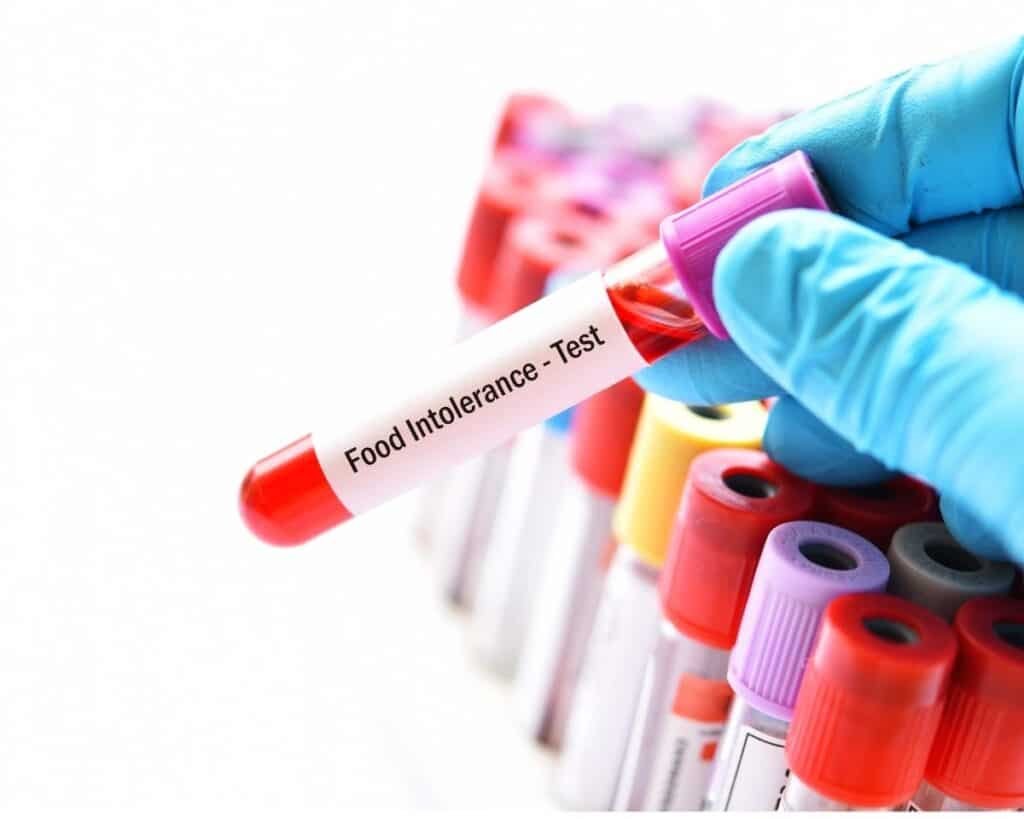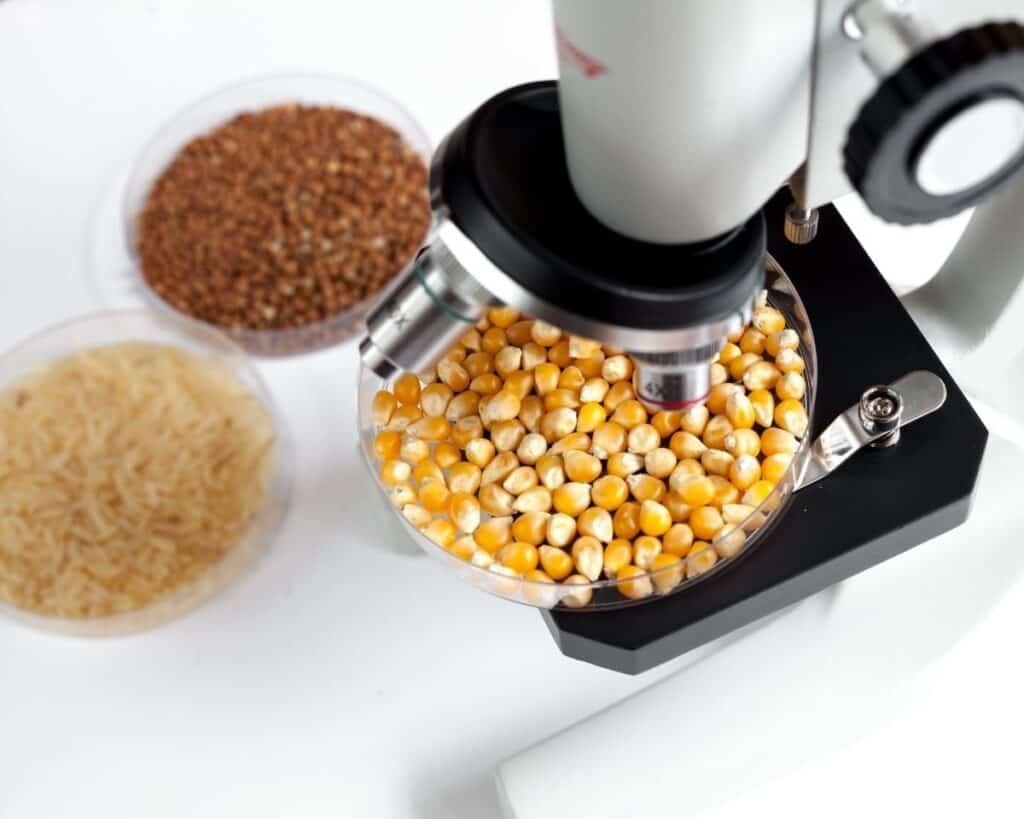Chromatography is a separation technique used to split a mixture’s components into constituent parts. The sample mixture is usually transported by the mobile phase, in which it is dissolved, to the stationary phase.
Each part of the sample mixture will have different affinities to the stationary phase, causing separation. This allows for purification or quantitative analysis. It is well known that this technique is often used in a scientific research setting however, you may be surprised to know that chromatography’s number one fan is the food industry.
You may be even more surprised to hear that pretty much any food you buy from a supermarket has been tested chromatographically. This includes anything from fresh fruit and veg to a bag of dried pasta.
Considering that people who grow their own food and humans pre the invention of chromatography survived just fine without testing any of their food products, you might ask yourself, is this really necessary?
The answer is technical no, not for our survival at least, but there are many advantages to our health and our overall efficiency as food producers to testing our food which I will outline to you below.

Ensuring High-Quality Food
supermarket, did you ever wonder, “how can we know for certain this is organic?”. For food products to be legally allowed to be labeled as organic, they must meet several strict requirements, including being free from pesticides and fertilisers. This is where the use of chromatography comes in.
Samples from batches of food products can be tested using pretty much any type of chromatography to identify whether or not pesticides or fertilisers are present in the food. One chromatographic technique commonly used is immunoaffinity chromatography. In immunoaffinity chromatography, antibodies that are complementary to the pesticide or fertiliser that you are testing for are attached to the stationary phase so that they can assess the presence of these specific substances.
This allows for a piece of mind for us consumers that our food is what it says it is!
Food chromatography, particularly gas chromatography, can also be used to characterise the flavour and fragrance of processed foods. Ever wondered how processed foods such as sweets can come in so many different flavours? Let me explain…
In the 1970s, there were just 1500 identified flavour chemicals compared to the 7000+ identified today. The characterisation of flavour and odour chemicals in food has been directly proportional to the advancement of gas chromatography techniques.
This is because many of the flavours and odours in food come from volatile organic compounds that are harder to detect, so they require more advanced systems and techniques to detect.
Understanding the flavour chemicals in our food means that food producers are more able to manipulate the tastes for better tasting food and more variety in our food.
Urification and extraction.
nofloxacin is an antibiotic used to treat respiratory disease in farm animals such as cows. Unfortunately, this antibiotic has been overused, causing antimicrobial resistance, so detection of this in milk samples is important for the regulation of the use of the antibiotic. We also need to remove leftover antibiotic residues in milk if they exceed the maximum residue limit (MRL). This is because of the somewhat extreme health impacts from antibiotic residues in food, such as allergic reactions, carcinogenicity, hypersensitivity disorders, and nephropathy.
Food production Efficiency.
roduction processes as efficient as possible. Fruits and vegetables release a hormone called ethylene (C2H4) that is responsible for inducing the ripening process. As ethylene is a volatile gas, when released by one fruit, it impacts the ripening of other fruits nearby.
This explains why having one piece of rotten fruit in a fruit basket often spoils the whole lot. We can use advanced gas chromatography to understand which stage of the ripening process fruits and vegetables are in. We can use this information to decide when fruit should be picked or if it is being stored in a warehouse for example, whether adjustments need to be made to the temperature, humidity, or oxygen levels to make sure that the fruit/veg is at the correct stage of ripening for human consumption by the time it reaches our supermarket shelves.
If the gas chromatography indicates that the food is likely to spoil before it can be transported from farms through to supermarkets or there is a need for it to be stored for longer periods due to supply and demand issues, ethylene blockers such as 1-MCP can be used to preserve the food for longer. Often food production companies will opt for the use of ethylene absorbers over the more conventional methods such as moderating humidity and temperature because they can change the natural properties of the fruit and vegetables, which can affect their taste.
Measuring and controlling the ripening process also means that more accurate sell-by dates can be given to food, resulting in less food waste and potentially less sickness caused by gone off food.


Understanding What is in Our Food.
hromatography. In most countries, it is a legal requirement for pre-packaged food to contain food labels with nutritional information such as the calorie content and percentages of fats, carbohydrates, sugars, protein, and salt. This is important to make informed choices about the food we are putting in our bodies.
According to WHO, global obesity has almost tripled since 1975, with more than 1.9 billion adults being overweight, highlighting how now, more than ever, it is so important that we understand what we are eating.
Conclusion
Chromatography plays an important role within the food production industry. For consumers, it allows us to have confidence that our food is exactly what it says it is. We can feel safe in that any harmful impurities will be detected then removed and that sell by dates aren’t just a guessing game; they have been scientifically quantified. For producers, chromatography allows for the most efficient production processes and manipulation of taste and fragrance to create better products. I don’t think it would be too far to say that chromatography is one of the pillars of the industry.











